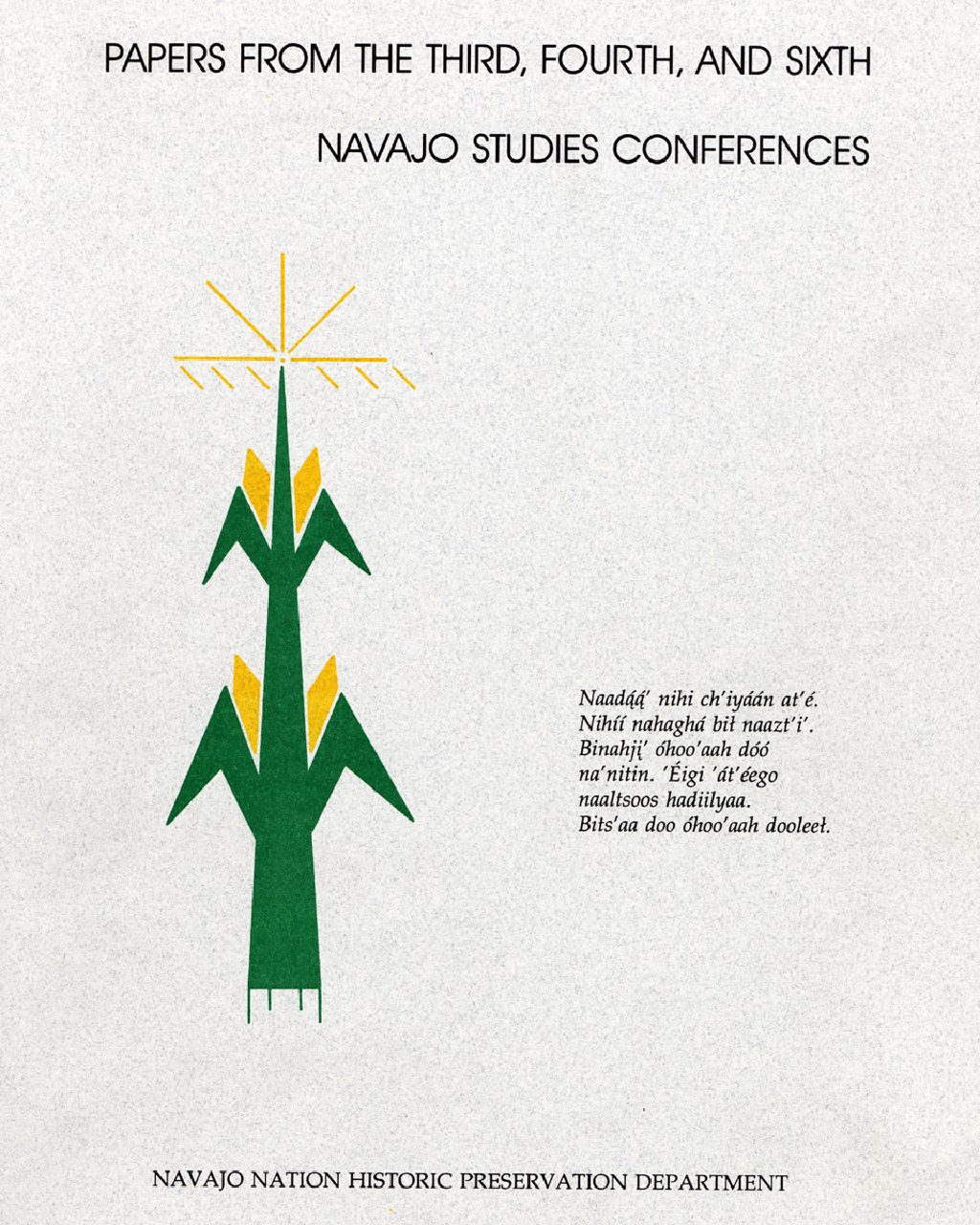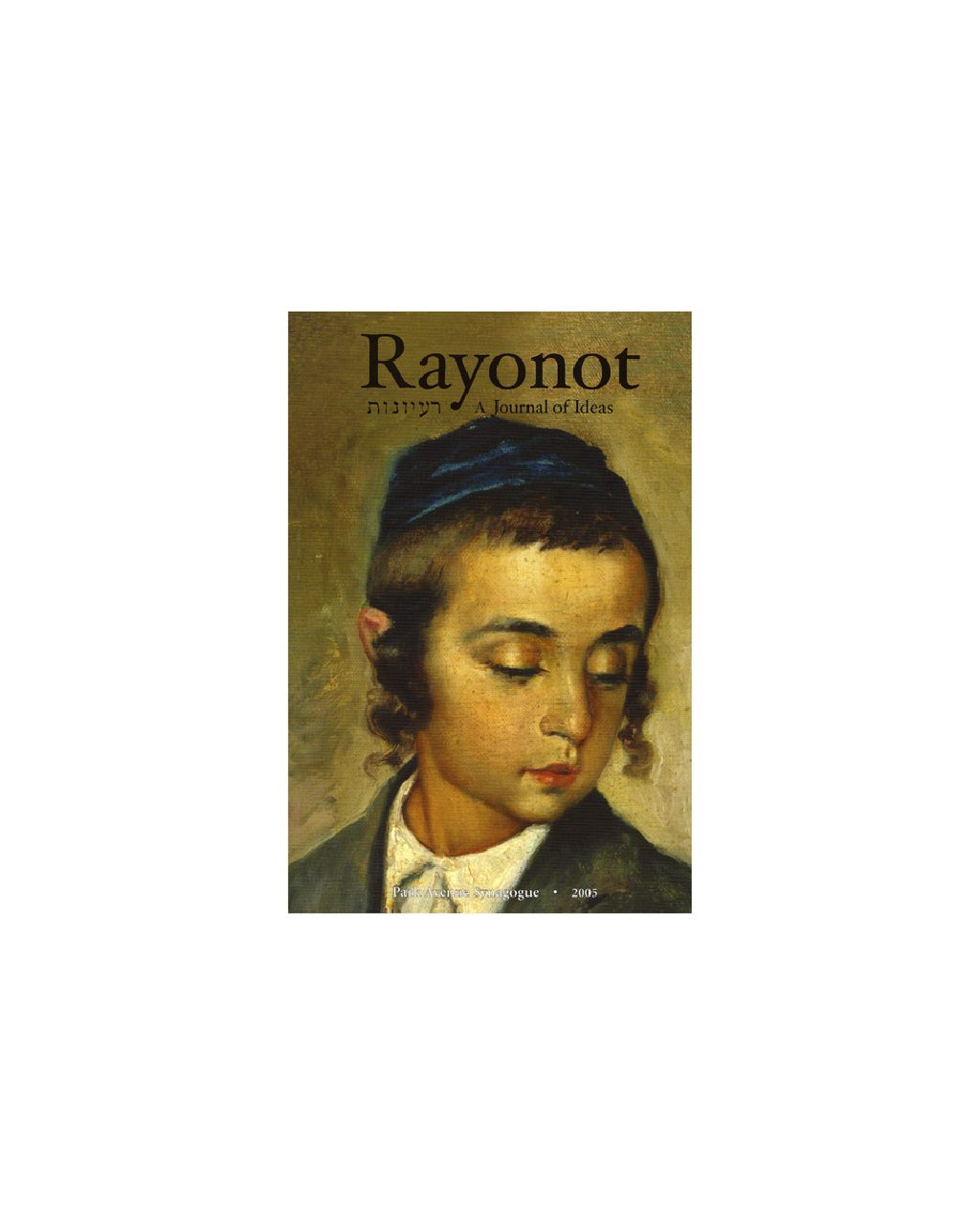You can submit questions about Indian law to the NILL staff...

Researching Repatriation and Reburial
National Park Service NAGPRA Site - Background Information, Enforcement, Databases, Laws and Policy, Grants.
Briefing Paper: Native American Omnibus Technical Corrections Act of 2007 (S. 2087) - (Native American Rights Fund). Briefing paper on Senate Bill 2087, Native American Graves and Repatriation Act 2007 amendment documents.
NAGPRA and the U.S. Department of Interior, Bureau of Reclamation - Information about the Bureau's activities with regard to this act, and includes links to inventory notices.
Mending the Circle - (American Indian Ritual Object Repatriation Foundation). Outlines the 1990 Native American Graves Protection and Repatriation Act and information about the repatriation process, 1997.
Native American Repatriation & Reburial: a Bibliography - (Stanford University). Compiled by Barb Bocek, Stanford archaeologist, 1992.
State Burial Laws Project - (American University) The State Burial Laws Project seeks to assist the public by providing a centralized source for researching various state laws dealing with burials.
Sacred Grounds: a Right Relations Guidebook on Native Burials & Cultural Items - (Land Justice Futures and Native American Rights Fund) Developed in partnership and consultation with NAGPRA experts, this guide helps faith communities, private institutions, and even individuals understand the implications of having possession or control over Native burials or cultural items, and how to handle them responsibly and with appropriate care, in collaboration with Tribal Nations and lineal descendants.
Resources in print:
 Battlefields and Burial Grounds: The Indian Struggle to Protect Ancestral Graves in the United States Battlefields and Burial Grounds: The Indian Struggle to Protect Ancestral Graves in the United StatesRoger C. Echo-Hawk and Walter R. Echo-Hawk. Lerner Publications Company, Minneapolis, 1994. Battlefield and Burial Grounds examines the double standard of the treatment of grave sites, and the struggle of Native Americans to reclaim and rebury their dead often against the competing interests of archaeologists and anthropologists. |
 Blessing for a Long Time: The Sacred Pole of the Omaha Tribe Blessing for a Long Time: The Sacred Pole of the Omaha TribeRobin Ridington & Dennis Hastings. Lincoln & London: University of Nebraska Press, 1997. Omaha oral narratives tell the story of the Sacred Pole (Umon’hon’ti, the Venerable Man). The Omaha relinquished the sacred Pole to Harvard’s Peabody Museum in 1888 under pressure from the U.S. Government. The Sacred Pole was returned by the museum to the Omaha in 1989. |
 International Journal of Cultural Property. Vol. 7, No. 1, 1998. “Special Issue: Ethical Considerations and Cultural Property.” International Journal of Cultural Property. Vol. 7, No. 1, 1998. “Special Issue: Ethical Considerations and Cultural Property.”Cary, NC: Oxford University Press. A bi-annual journal edited by Patty Gerstenblith, Esq., includes sections on General and Participants’ Perspectives, Case Histories and Case Notes, Documents on a Selection of Ethical Codes, Conference Reports, and Book Reviews. Professor of law, Patty Gerstenblith edited this special issue, calling it, “a significant milestone…of the Cultural Property Society.” (Introduction by Daniel Shapiro.) |
 The Ethics of Collecting Cultural Property: Whose Culture? Whose Property? The Ethics of Collecting Cultural Property: Whose Culture? Whose Property?Phyllis Mauch Messenger (Editor), University of New Mexico Press, 1999. This book explores ethical, legal, and intellectual issues related to excavating, selling, collecting, and owning cultural artifacts. Twenty-two contributors, representing archaeology, law, museum administration, art history, and philosophy, suggest how the numerous interested groups, often at odds, can cooperate to resolve cultural heritage, ownership, and repatriation issues, and improve the protection of cultural property worldwide. |
 Implementing the Native American Graves Protection and Repatriation Act (NAGPRA) Implementing the Native American Graves Protection and Repatriation Act (NAGPRA)Series edited by Roxana Adams. Washington, D.C.: American Association of Museums, 2001. This book reports on a decade of museum experiences with NAGPRA, including such topics as museum policy and procedures and discussions of the meeting of two world views around museum implementation of NAGPRA. There is also a chapter on the control of cultural property as human rights legislation. |
 Ecocide of Native America: Environmental Destruction of Indian Lands and Peoples Ecocide of Native America: Environmental Destruction of Indian Lands and PeoplesDonald Grinde and Bruce Johansen. Santa Fe: Clear Light Publishers, 1995. Provides factual accounts of the ongoing expropriation of land and traditional subsistence rights of Native Americans. |
 Repatriation Reader: Who Owns America Indian Remains? Repatriation Reader: Who Owns America Indian Remains?Edited by Devon A. Mihesuah. Lincoln: University of Nebraska Press, 2000. This anthology focuses on issues surrounding the repatriation of American Indian remains and artifacts, providing a wide range of viewpoints on ethical, legal, and cultural issues. |
 Sacred Objects and Sacred Places: Preserving Tribal Traditions Sacred Objects and Sacred Places: Preserving Tribal TraditionsAndrew Gulliford. University Press of Colorado, May 2000. This book combines native oral histories, photographs, drawings, and case studies vital to the cultural preservation of America Indians, |
 In the Light of Justice: The Rise of Human Rights in Native America and the UN Declaration on the Rights of Indigenous Peoples In the Light of Justice: The Rise of Human Rights in Native America and the UN Declaration on the Rights of Indigenous PeoplesWalter R. Echo-Hawk, Fulcrum Publishin (July 30, 2013). In 2007 the United Nations approved the United Nations Declaration on the Rights of Indigenous Peoples. United States endorsement in 2010 ushered in a new era of Indian law and policy. This book highlights steps that the United States, as well as other nations, must take to provide a more just society and heal past injustices committed against indigenous peoples. |
 Sweet Medicine: Sites of Indian Massacres, Battlefields, and Treaties Sweet Medicine: Sites of Indian Massacres, Battlefields, and TreatiesPhotos by Drex Brooks, Essay by Patricia Nelson Limerick. Albuquerque: University of New Mexico Press, 1995. Presents recent photographs of important historic sites, many of which have been transformed into recreational areas or urban spaces. |
 The Rights of Indians and Tribes: The Basic ACLU Guide to Indian and Tribal Rights The Rights of Indians and Tribes: The Basic ACLU Guide to Indian and Tribal RightsStephen Pevar, Carbondale and Edwardsville: Southern Illinois University Press. American Civil Liberties Union, 1992. This ACLU handbook discusses the powers of Indian tribes; civil and criminal jurisdiction on Indian reservations; Indian hunting, fishing and water rights; taxation; the Indian Civil Rights Act; the Indian Child Welfare Act; and tribal jurisdiction over non-Indians. |
Collection of Articles from Dr. Elizabeth Sackler:
 “Preserving Navajo Traditional Life / Repatriation of Sacred Life.”Preserving Navajo Traditional Life, The 6th Annual Navajo Studies Conference, Navajo Nation Historic Preservation Department, Window Rock, AZ, March 11-14 1992 “Preserving Navajo Traditional Life / Repatriation of Sacred Life.”Preserving Navajo Traditional Life, The 6th Annual Navajo Studies Conference, Navajo Nation Historic Preservation Department, Window Rock, AZ, March 11-14 1992 |
 “Dialogue.”Smitshonian Runner, No. 93-5, Smithsonian Institution, Washington, D.C., September/October 1993, p. 2 “Dialogue.”Smitshonian Runner, No. 93-5, Smithsonian Institution, Washington, D.C., September/October 1993, p. 2 |
 “Three Voices for Repatriation” “Three Voices for Repatriation”Museum News September/October 1992 |
 “The Relationship Between Money and Spirit.”More than Money, No. 7, Eugene OR, Spring 1995, p. 3 “The Relationship Between Money and Spirit.”More than Money, No. 7, Eugene OR, Spring 1995, p. 3 |
 “Reculturalization of Sacred Objects.” Akwe:kon, A Journal of Indigenous Issues, Cornell University, Ithaca, NY, Fall 1993, pp. 14-15 “Reculturalization of Sacred Objects.” Akwe:kon, A Journal of Indigenous Issues, Cornell University, Ithaca, NY, Fall 1993, pp. 14-15 |
 “Art and the Sacred.”The Temple of Understanding Newsletter, The Temple of Understanding, New York, NY, Fall 1995, p. 6 “Art and the Sacred.”The Temple of Understanding Newsletter, The Temple of Understanding, New York, NY, Fall 1995, p. 6 |
 “Spoils of War: A Call for a Code of Ethics in the Indian Art Market.”Native Peoples, Smithsonian Institution. Washington, D.C., Spring 1996, pp. 18-19 “Spoils of War: A Call for a Code of Ethics in the Indian Art Market.”Native Peoples, Smithsonian Institution. Washington, D.C., Spring 1996, pp. 18-19 |
 “Calling for a Code of Ethics in the Indian Art Market.”Ethics in the Art World, Prof. G. Levin, Moderator, 90th Annual Conference of the College Art Association, Philadelphia, PA, February 22, 2002 “Calling for a Code of Ethics in the Indian Art Market.”Ethics in the Art World, Prof. G. Levin, Moderator, 90th Annual Conference of the College Art Association, Philadelphia, PA, February 22, 2002 |
 “The Ethic of Collecting.” International Journal of Cultural Property Volume 7 No. 1, Oxford University Press for International Cultural Property Society, NC, pp. 132-140, 1998 “The Ethic of Collecting.” International Journal of Cultural Property Volume 7 No. 1, Oxford University Press for International Cultural Property Society, NC, pp. 132-140, 1998 |
 “Spoils of War.”Rayonot, A Journal of Ideas, Park Avenue Synagogue, New York, NY, May 23, 2005 “Spoils of War.”Rayonot, A Journal of Ideas, Park Avenue Synagogue, New York, NY, May 23, 2005 |
 “Repatriation: An Intercultural Strategy for the Private Sector.” Ikce Wicasta, The Common People Journal, SD, Winter, p. 5, 1999 “Repatriation: An Intercultural Strategy for the Private Sector.” Ikce Wicasta, The Common People Journal, SD, Winter, p. 5, 1999 |
Special thanks to the American Indian Ritual Object Repatriation Foundation and The Elizabeth A. Sackler Foundation for their support of this resource and repatriation efforts. Upon the Repatriation Foundation's closure, the Repatriation Foundation generously shared its online resources with NILL, and they are included above.
